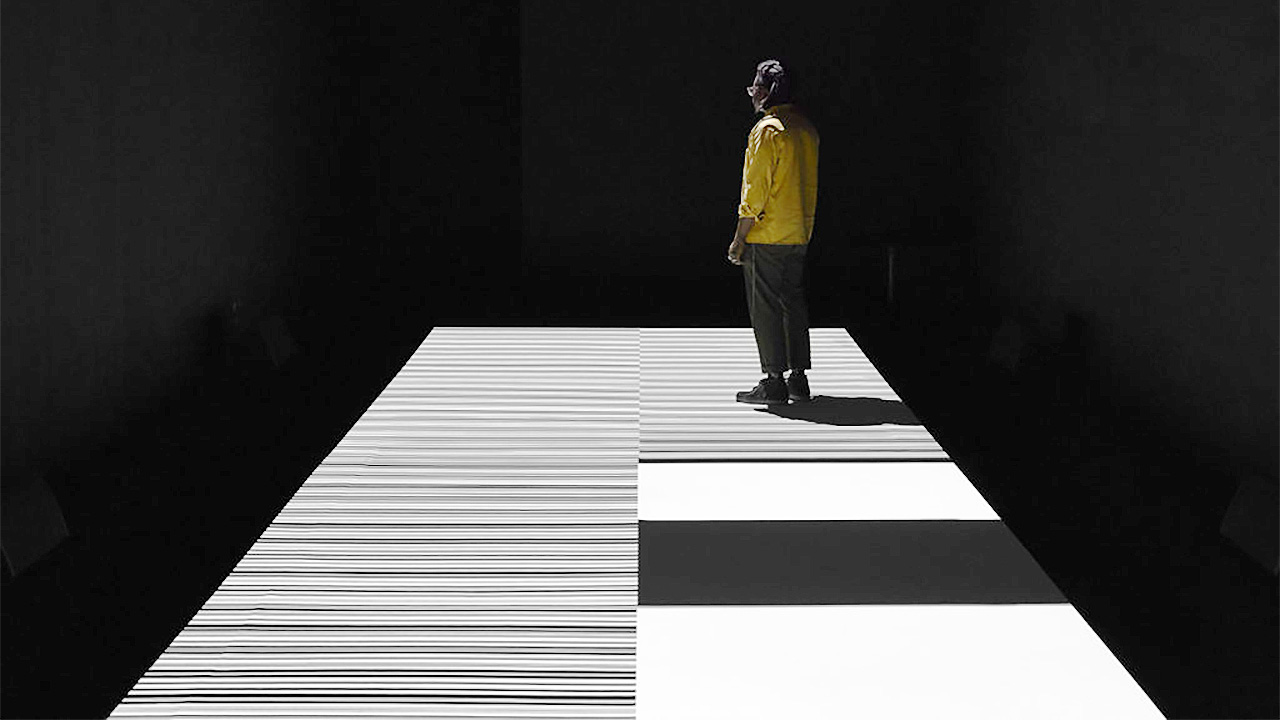Earlier this week, museums in the UK began reopening, joining a wave of other institutions from France to Washington, D.C that are eagerly if cautiously inviting visitors back through their doors. But following a year of lockdowns, the museums that are reopening this month aren’t the same ones that closed in 2020. Digital pivots, financial losses, and an industry-wide social reckoning have forced a shift in the way arts organizations operate, curate, and do business — a change that’s bound to be lasting and irrevocable.
A major upshot of this shift? Institutions today are more accessible than ever, with entry points onsite, online, and on social media. Museums now have both the physical and digital realms to contend with, as well as an audience that’s newly expanded, more diverse, and ready to engage on more than one platform.
To help museums navigate this new landscape, Smartify and design consultancy CCD have teamed up to launch The Multi-Platform Museum: A Planning Toolkit. As its title suggests, the resource homes in on the renewed museum experience with help from museum professionals, offering tools for reopening and remobilization that span on-site visits and at-home entertainment. As Chris Condron, Head of Marketing at 180 The Strand, explained, museums need to figure “ways of driving value outside the exhibition and inside.”
Below are three practical tips from the guide, available to download from today.
Building digital content tiers

The “Art and Revolutionary China” course by Black Blossoms School of Art and Culture. Image: Black Blossoms School of Art and Culture on Facebook
Maintaining several platforms should entail more than replicating content across one’s website and social media accounts. Instead, the guide stresses “telling a complete story on each platform,” a practice that ensures organizations speak directly to each platform’s users, whether they be Gen-Zers on TikTok or moms on Facebook. While at it, consider developing premium content (audiences, it turns out, are willing to pay for it) or community-curated content to reach a larger number of visitors. The latter, too, is an area ripe for collaboration, particularly to include outside, diverse, and underrepresented voices — a key step, says Bolanle Tajudeen, Founder of Black Blossoms School of Art and Culture, for museums to “build genuine connections” with their community.
Rethinking the physical site

“It’s about activating existing audiences and finding something interesting for them,” says Chris Condron. Image: Smartify
To attract visitors back on site, venues should emphasize just what it is that makes them worth traveling for; in other words, the museum experience needs foregrounding. Condron proposes experimenting with iteration when it comes to exhibition design: “What if no two visits were the same and you had a continually evolving exhibition?” As an example, he cites 180 The Strand’s upcoming installation of Kahlil Joseph’s BLKNWS project, which the artist intends to update regularly for as long as it’s on display, promising audiences a fresh experience with each visit.
Alongside such inviting exhibitions, these reopened sites will necessarily contain social distancing precautions from plexiglass guards to floor graphics. However, Lucinda Blaser, the National Gallery’s Senior Product Manager, warns that these safety measures should not end up becoming “safety barriers.” As they rethink exhibition design and visitor flow, museums need to ensure these protocols don’t disrupt audience experiences. The guide suggests taking a tip from the retail floor, exploring how stores deploy hosts and signage to welcome or inform visitors.
Driving membership and merchandise
“Nothing has shown more starkly,” noted Condron of the past year’s lockdowns, “that a collapse in footfall equals a collapse in income.” As museums face an economic crunch in the wake of 2020’s lockdowns, the report spotlights two key areas, memberships and e-commerce, that have emerged as reliable sources of income. It recommends institutions refresh or relaunch their membership programs (potentially packaged with premium digital content), not just as a matter of revenue, but to establish and expand their base of charitable supporters.
Cultural products, too, can increase visitors’ engagement with an institution or its exhibitions, particularly when they’re centered on storytelling. A recent survey by Smartify found that 60 percent of merchandise listed online by 20 leading museums generated no impressions, while a study by Smartify and StoryFutures Lab at Royal Holloway reported that listing products alongside online tours and collections increased conversion.



